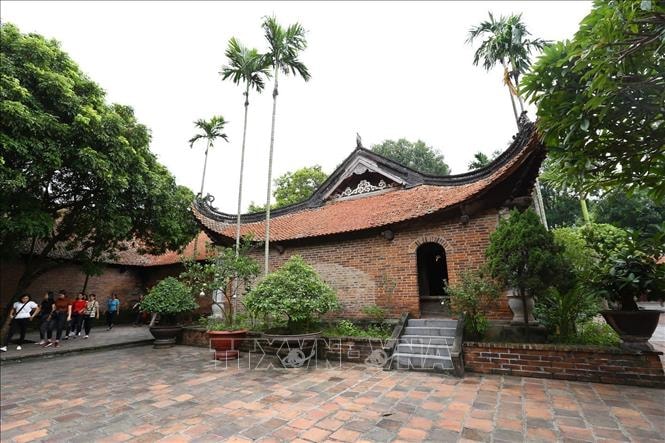
Existing for more than 7 centuries, but until now, the Complex of Monuments and Landscapes of Yen Tu - Vinh Nghiem - Con Son, Kiep Bac is still a living cultural heritage, lasting forever with time.
Living cultural heritage
The Yen Tu - Vinh Nghiem - Con Son, Kiep Bac relic and scenic complex stretches across 3 provinces: Quang Ninh, Bac Giang, Hai Duong with hundreds of relics and scenic spots, within the scope of 6 national relic sites and special national relic sites: Yen Tu historical relic and scenic spot (Uong Bi city, Quang Ninh province); Tran Dynasty historical relic site in Dong Trieu (Dong Trieu town, Quang Ninh province); Bach Dang historical relic site (Quang Yen town, Quang Ninh province); Con Son - Kiep Bac relic site, Thanh Mai pagoda (Chi Linh city, Hai Duong province); An Phu - Kinh Chu - Nham Duong relic site (Kinh Mon town, Hai Duong province); Special national relics of Vinh Nghiem pagoda and Bo Da pagoda in Tay Yen Tu relic site (Bac Giang province).
Over the past 7 centuries, this complex of relics and landscapes has always been one of the country's major spiritual and cultural centers, with many archaeological sites and religious structures worshiping Buddha, gods and national heroes... With great historical, cultural and scientific values, this complex of relics and landscapes is a living cultural heritage to this day.
In Quang Ninh, the Yen Tu historical relic and scenic area is associated with the name of the Buddhist Emperor Tran Nhan Tong (1258 - 1308), the king who led the army and people of the Tran Dynasty to defeat the Yuan - Mongol army twice, then gave up the throne, went to Yen Tu to practice Buddhism, and founded the Truc Lam Zen sect with strong Vietnamese characteristics. Considered the capital of Vietnamese Buddhism, through many events, ups and downs and traces of time, today the remaining relics in Yen Tu are 11 pagodas and hundreds of hermitages, towers, steles, statues, fully converging the styles and valuable values of architecture, fine arts, and sculpture of the Ly - Tran - Le - Nguyen dynasties.
Besides the Yen Tu Historical Relic and Scenic Area, the Tran Dynasty Historical Relic Area in Dong Trieu with its system of tombs, temples, shrines, religious and belief structures associated with the history of the Tran Dynasty and the Truc Lam Zen sect and the Bach Dang Historical Relic Area is the place that marks the event where the Tran Dynasty's army and people established a resounding victory - the Bach Dang Victory defeating the Yuan-Mongol army on April 9 (March 8 - Lunar calendar) in 1288. Up to now, through many ups and downs of history, the vestiges of the Bach Dang battle in 1288 are still present through typical relics.
The Con Son - Kiep Bac special national relic site (Chi Linh district, Hai Duong province) has always been one of the country's major spiritual and cultural centers. Through the ups and downs of time, the Con Son - Kiep Bac land still retains many unique cultural sediments. Many ancient architectural works, the most typical of which are Con Son Pagoda (Thien Tu Phuc Tu) and Kiep Bac Temple. This place also preserves many valuable artifacts, reflecting the art and culture of the Tran Dynasty, a treasure trove of tangible and intangible culture diverse in form, rich in content, the crystallization of the efforts, thoughts, intelligence, emotions... of many generations of ancestors who have painstakingly cultivated, preserved and protected until today.
In Bac Giang, the two main relics of Bac Giang listed in the scientific dossier submitted to the "Relics and Landscape Complex of Yen Tu - Vinh Nghiem - Con Son, Kiep Bac" are Vinh Nghiem Pagoda and Bo Da Pagoda. Of which, Vinh Nghiem Pagoda (Yen Dung District) is recognized and honored as one of the Buddhist propagation centers of the Truc Lam Yen Tu Zen sect during the Tran Dynasty - the first training school for monks and nuns in Vietnam. In particular, the Vinh Nghiem Pagoda Woodblocks were recognized by UNESCO as a Documentary Heritage under the Memory of the World Program for the Asia-Pacific region since 2012.
Bo Da Pagoda (Viet Yen district) is considered the second largest Buddhist center in Bac Giang, playing an important role in spreading and maintaining the development of Buddhism, of which the Lam Te Zen sect is the main one. Built in the architectural style of internal public and external foreign, Bo Da Pagoda has a unique and distinct architecture, creating a peaceful and spiritual look for this special relic. The pagoda is also preserving the national treasure of a set of Buddhist scriptures carved from fig wood, dating from the reign of King Le Hien Tong, Canh Hung era (1740 - 1786) and later periods, contributing to making the treasure trove of Vietnamese Buddhism even richer.
With great historical, ideological, cultural, scientific values... the above-mentioned relic sites and sites in the three provinces of Quang Ninh, Bac Giang, Hai Duong are an integral and inseparable part of the Yen Tu - Vinh Nghiem - Con Son, Kiep Bac Monuments and Landscape Complex in the dossier submitted to UNESCO for recognition as a World Heritage Site.
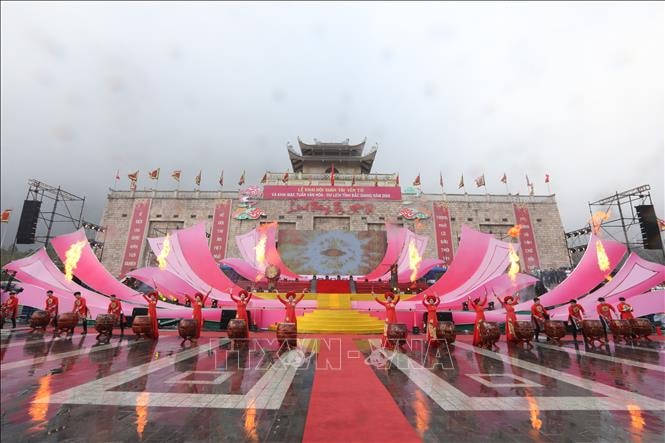
Interprovincial heritage of international stature
In early 2024, the dossier "The Complex of Monuments and Landscapes of Yen Tu - Vinh Nghiem - Con Son, Kiep Bac" was submitted to UNESCO for recognition as a world heritage site. The dossier was assigned by the Prime Minister to Quang Ninh province to preside over and coordinate with Hai Duong and Bac Giang provinces to develop with 2,139 pages of documents in Vietnamese and English translation; 101 diagrams, maps, 196 architectural drawings, 260 archaeological drawings, 1,141 photos, recreating historical, cultural, architectural values, intangible and tangible heritages and a master management plan across the 3 provinces.
According to UNESCO's assessment in the response document, the nomination dossier for recognition and inscription into the World Heritage List for the "Yen Tu-Vinh Nghiem-Con Son-Kiep Bac Complex of Monuments and Landscapes" meets all technical requirements guided by the World Heritage Convention. This is the scientific dossier submitted with the most criteria according to the Convention on the Protection of the World's Cultural and Natural Heritage (1972 Convention), both researched, demonstrated, and written with fast, positive, and urgent progress.
In August 2024, the expert delegation of the International Council on Monuments and Sites (ICOMOS) - an advisory organization for the United Nations Educational, Scientific and Cultural Organization (UNESCO) on world heritage conducted a field trip and assessed the nomination dossier for the "Yen Tu - Vinh Nghiem - Con Son, Kiep Bac Complex of Monuments and Landscapes".
After visiting the sites, ICOMOS experts highly appreciated the efforts of local authorities in clarifying the relationship between the sites; the authenticity, integrity and outstanding global value of the sites; the work of zoning, marking as well as the current status of preserving the original values of the sites; the regulations, management plans of nominated heritage sites and the orientation for promoting nominated heritage sites of the locality...
Speaking at the working session with the ICOMOS expert delegation, Vice Chairwoman of Quang Ninh Provincial People's Committee Nguyen Thi Hanh emphasized that this is an unprecedented heritage dossier in Vietnam, as the scope of research and construction spans across the three provinces of Quang Ninh, Bac Giang and Hai Duong, with a large amount of work, requiring the concentration of human resources, intelligence and effective support from the Ministry of Culture, Sports and Tourism and more than 100 domestic and international experts in many fields to conduct surveys, research and build the dossier.
The on-site assessment by ICOMOS experts at the relic complex this time is very important, as it is the basis for UNESCO to consider and recognize the “Yen Tu-Vinh Nghiem-Con Son-Kiep Bac Complex of Monuments and Landscapes” as a World Cultural Heritage at the 47th Session, held in 2025. With positive assessments from experts, heritage lovers have the right to hope that Vietnam will have an inter-provincial World Heritage of international stature in the near future.
Last article: Forming unique tourist routes
Source: https://baohaiduong.vn/quan-the-di-tich-va-danh-thang-yen-tu-vinh-nghiem-con-son-kiep-bac-bai-1-di-san-mang-tam-quoc-te-394124.html



![[Photo] Training the spirit of a Navy soldier](https://vstatic.vietnam.vn/vietnam/resource/IMAGE/2025/3/29/51457838358049fb8676fe7122a92bfa)

![[Photo] Flower cars and flower boats compete to show off their colors, celebrating the 50th anniversary of Da Nang Liberation Day](https://vstatic.vietnam.vn/vietnam/resource/IMAGE/2025/3/28/086d6ece3f244f019ca50bf7cd02753b)
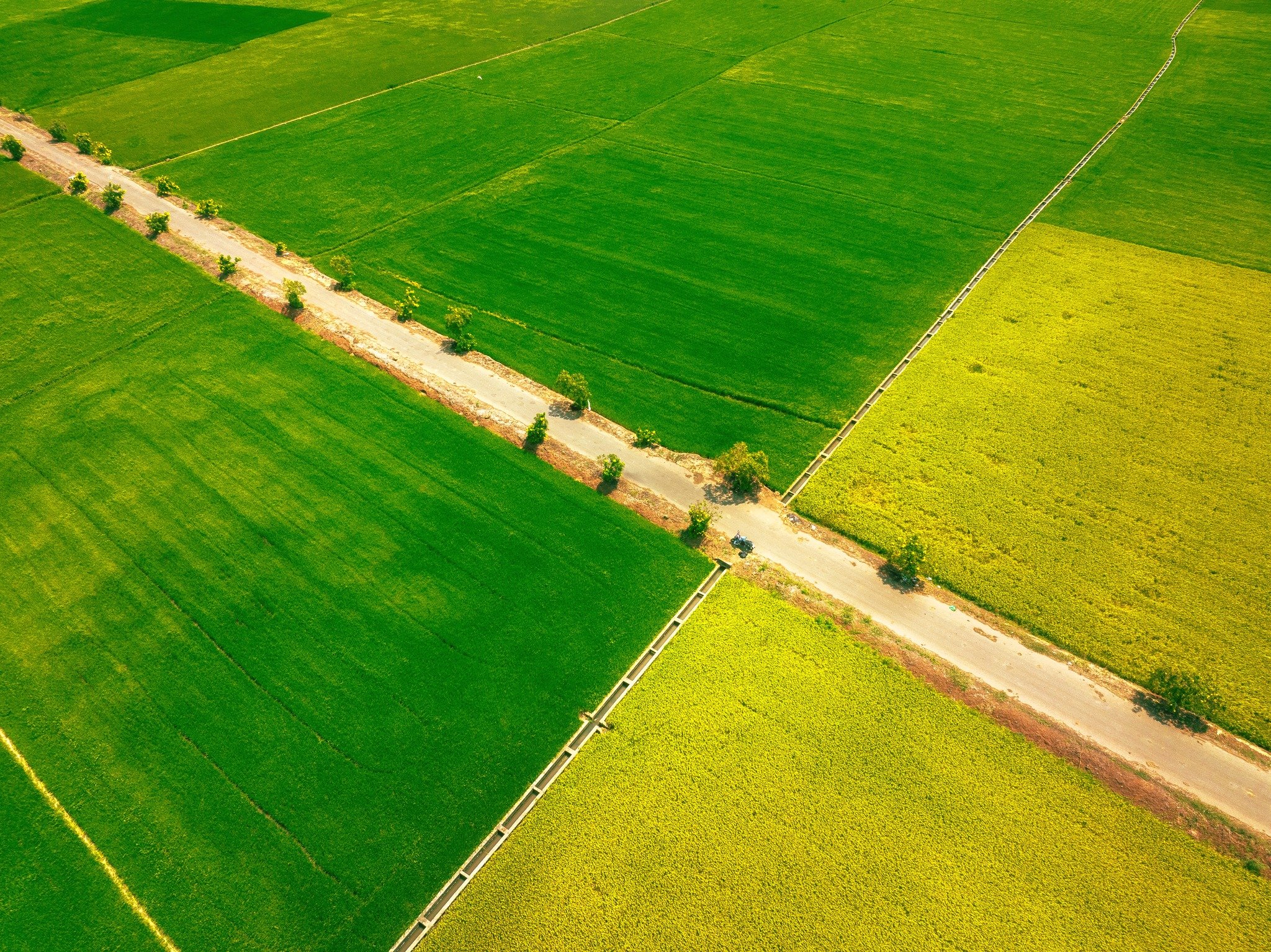
![[Photo] President Luong Cuong hosts state reception for Brazilian President Luiz Inacio Lula da Silva](https://vstatic.vietnam.vn/vietnam/resource/IMAGE/2025/3/28/56938fe1b6024f44ae5e4eb35a9ebbdb)
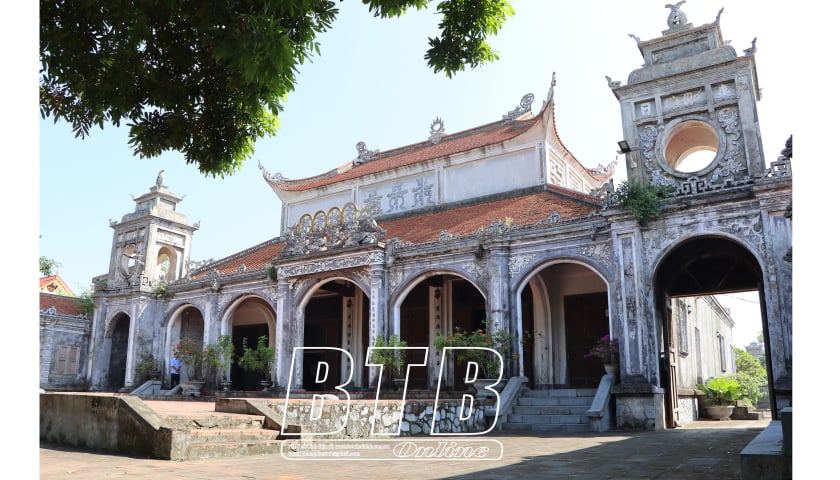
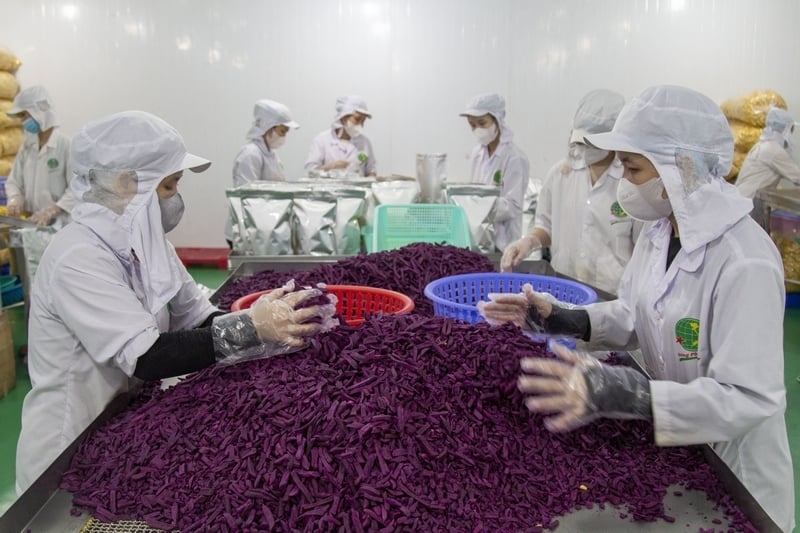
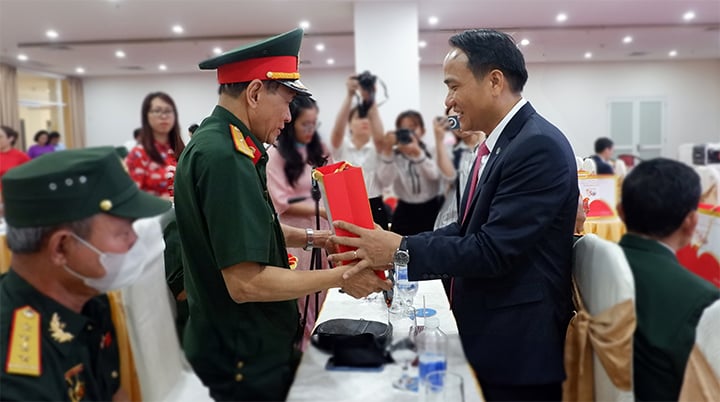

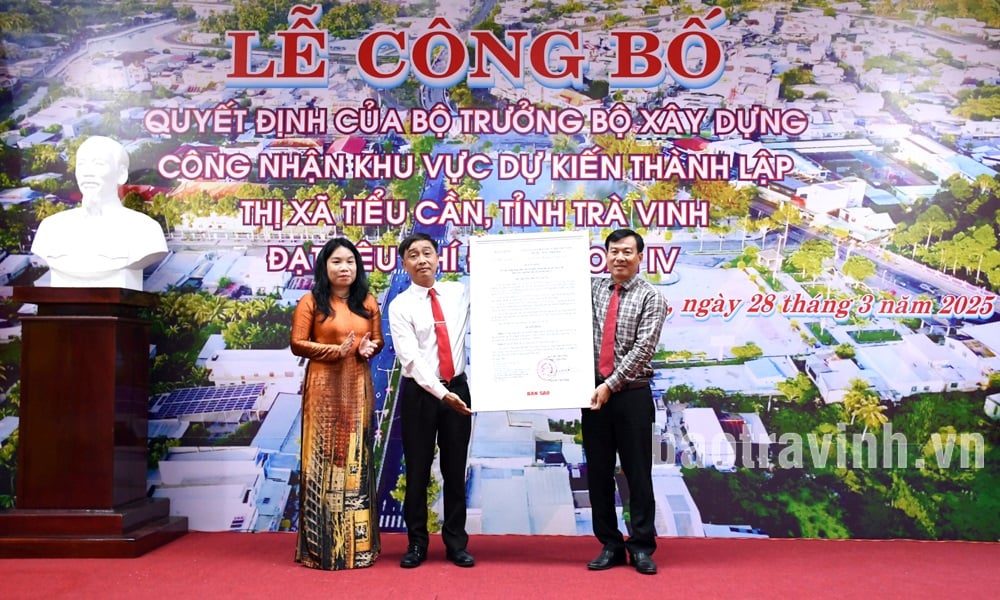
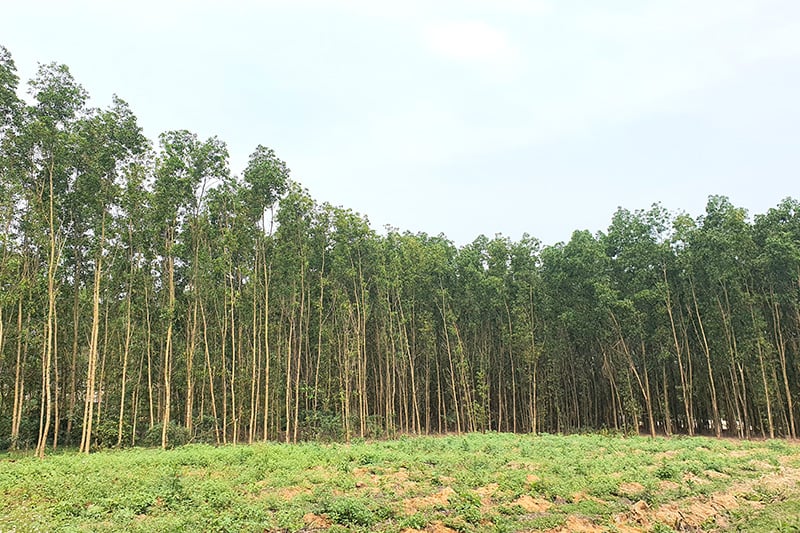





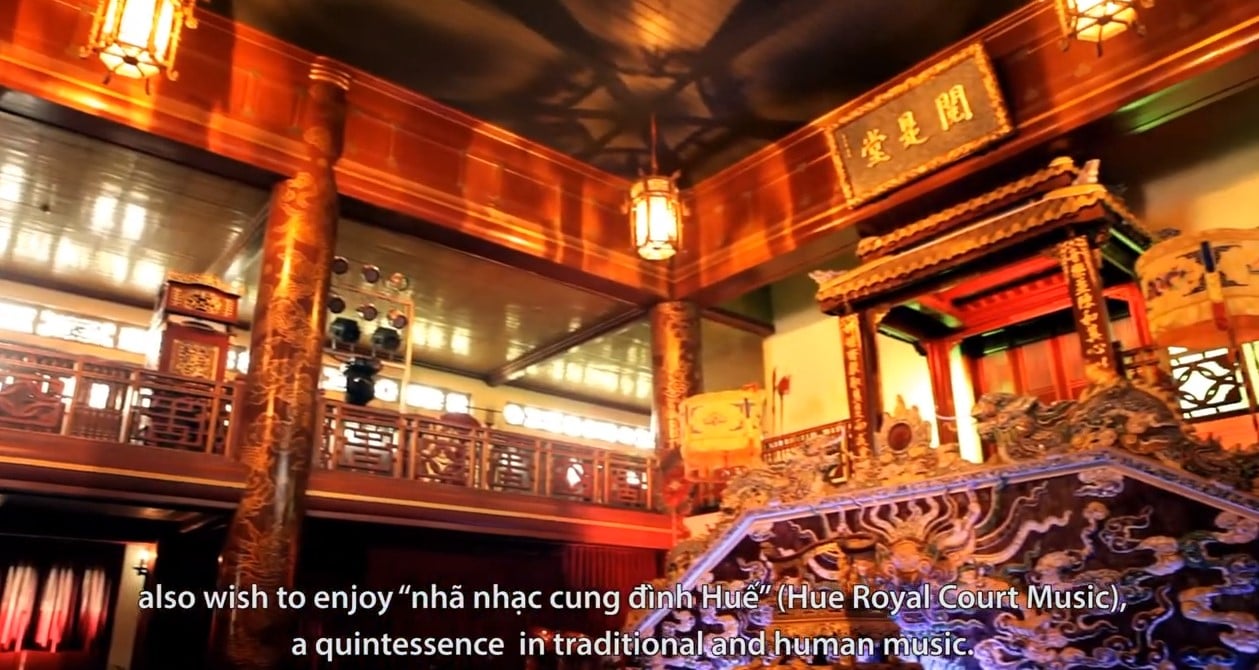
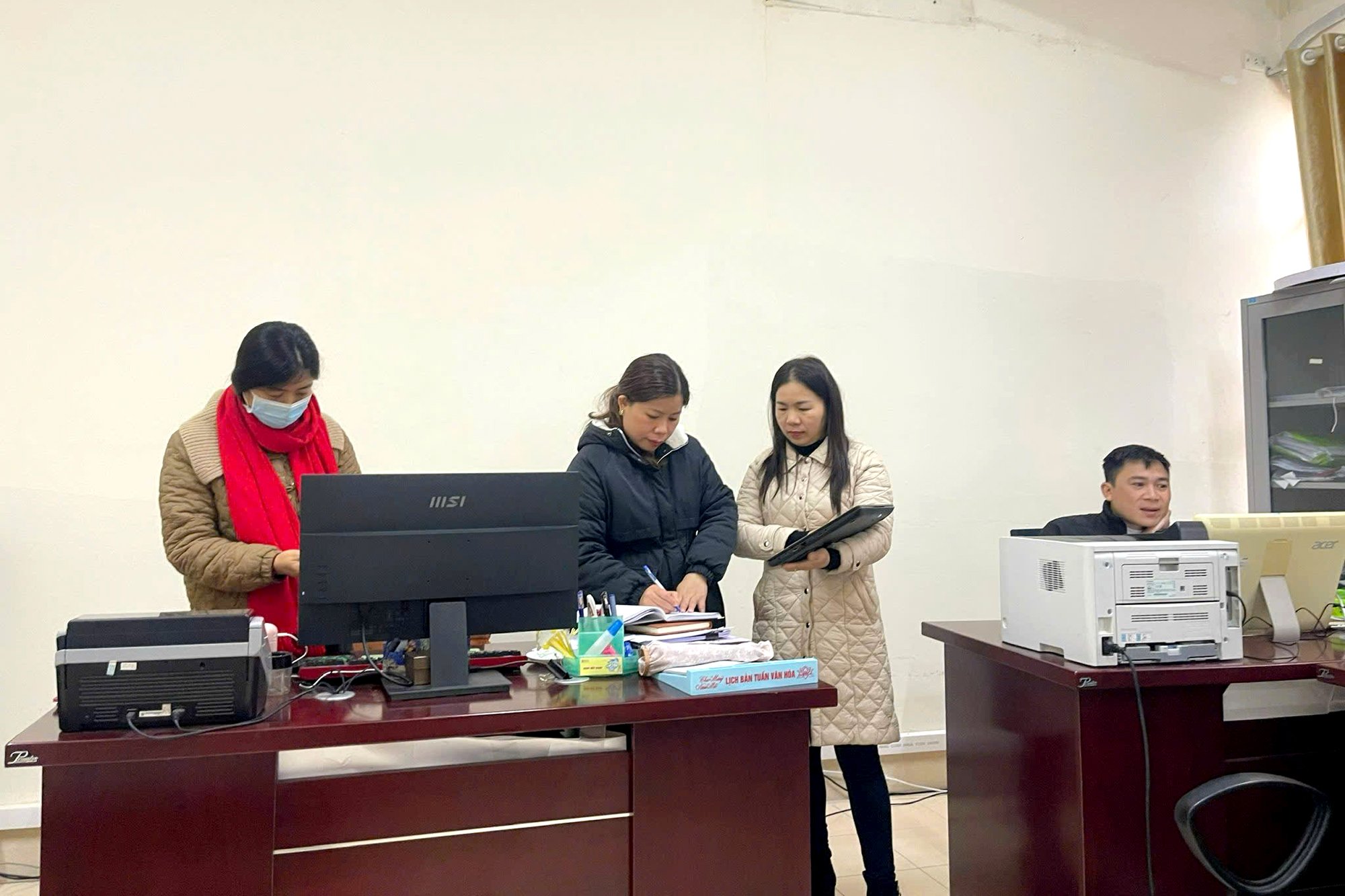
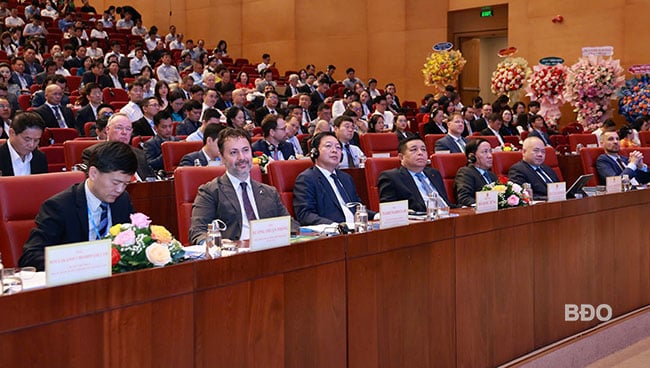

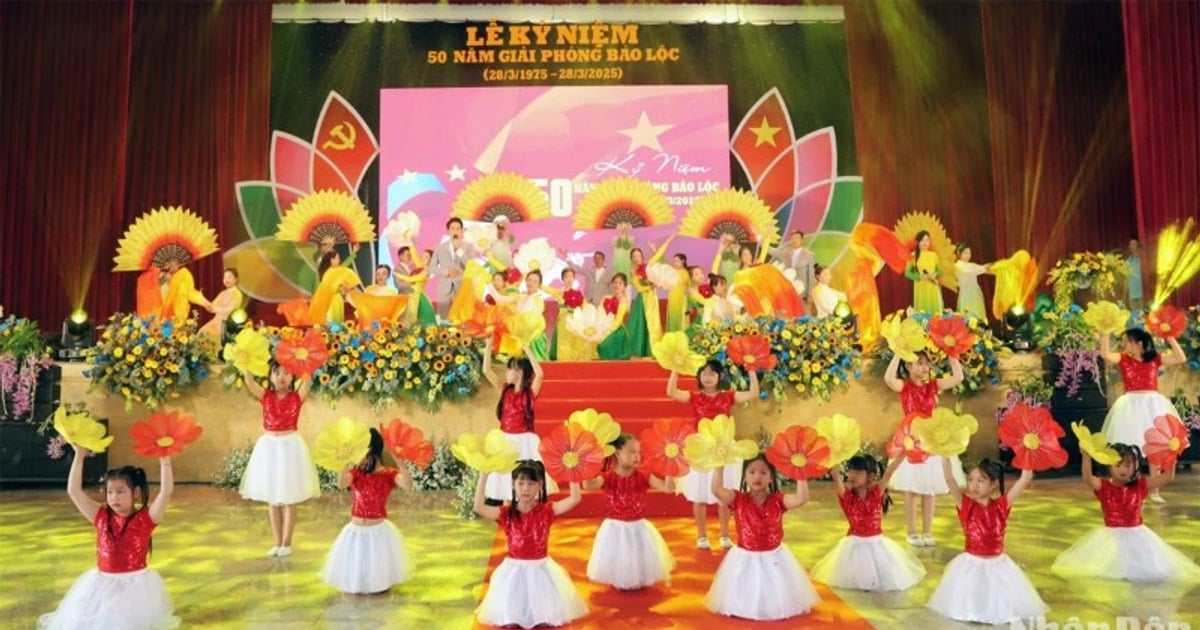
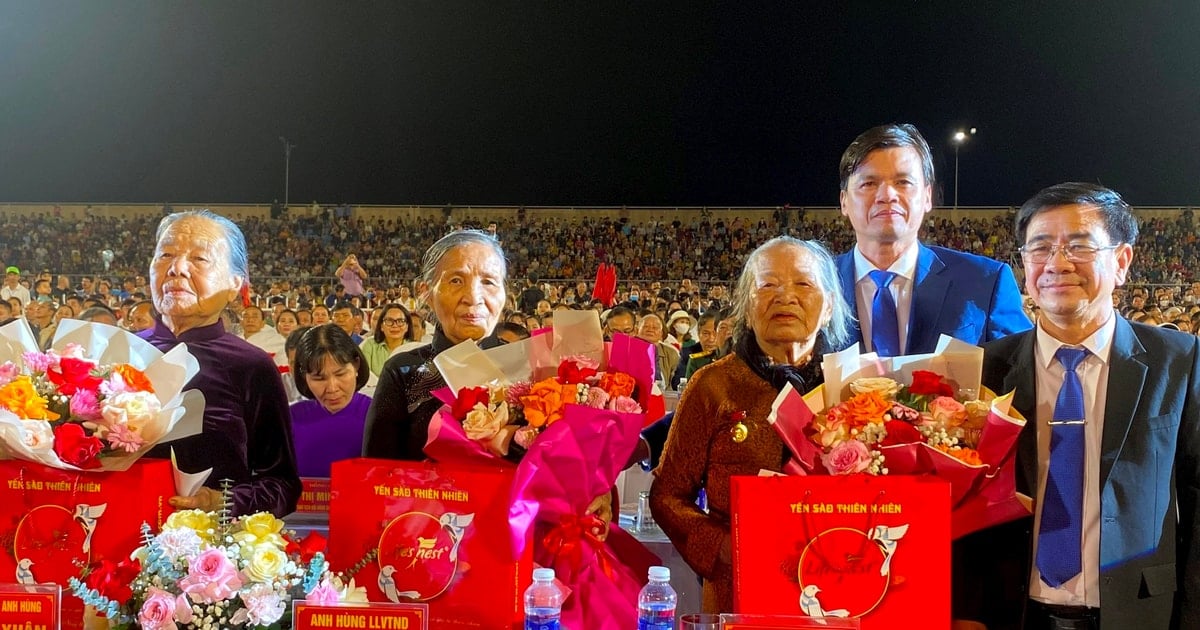
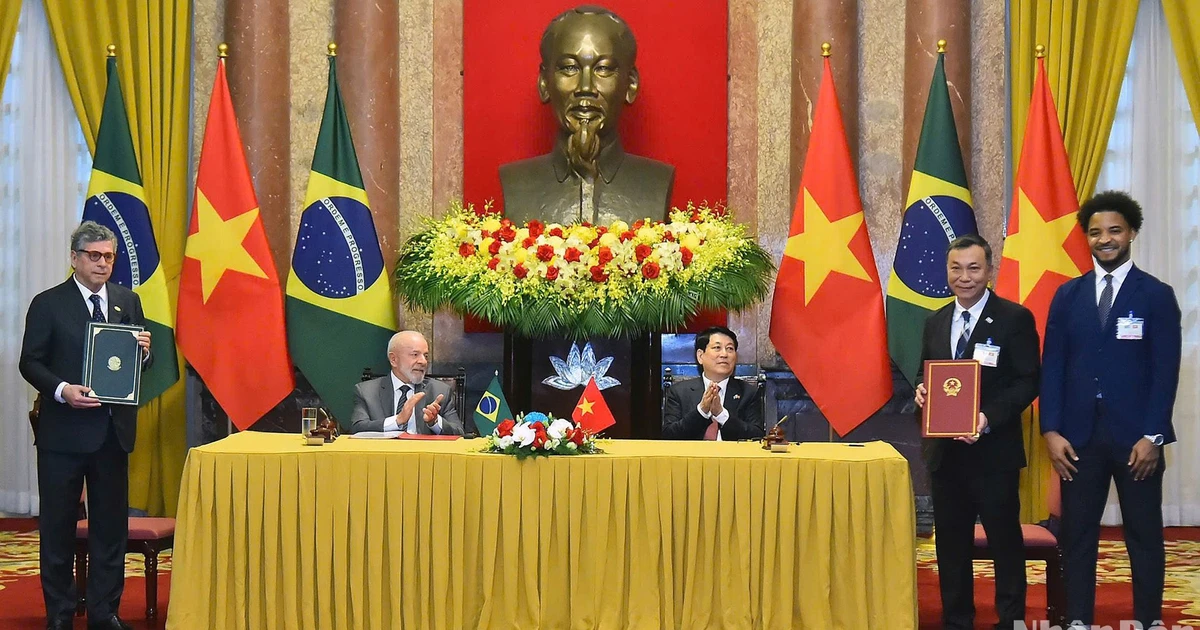


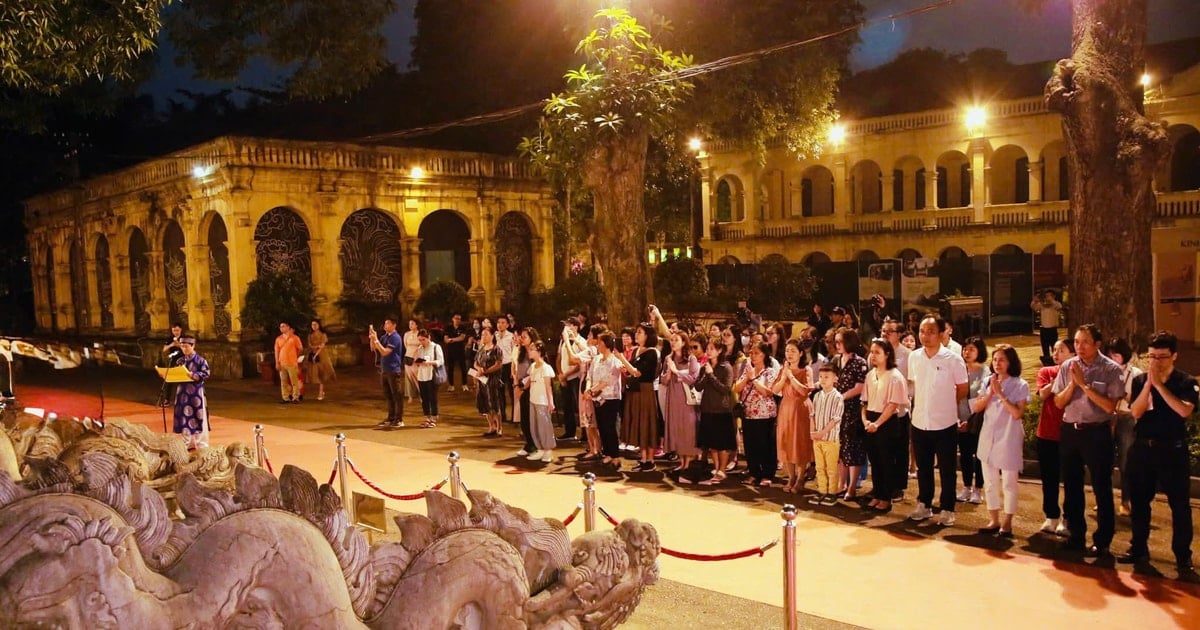

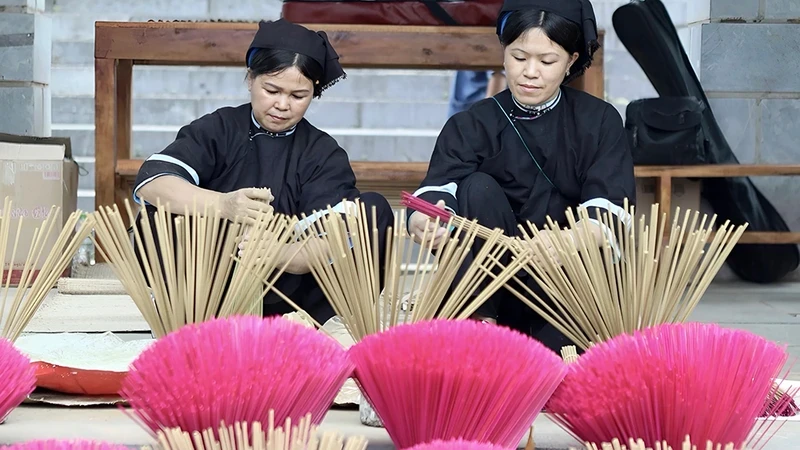

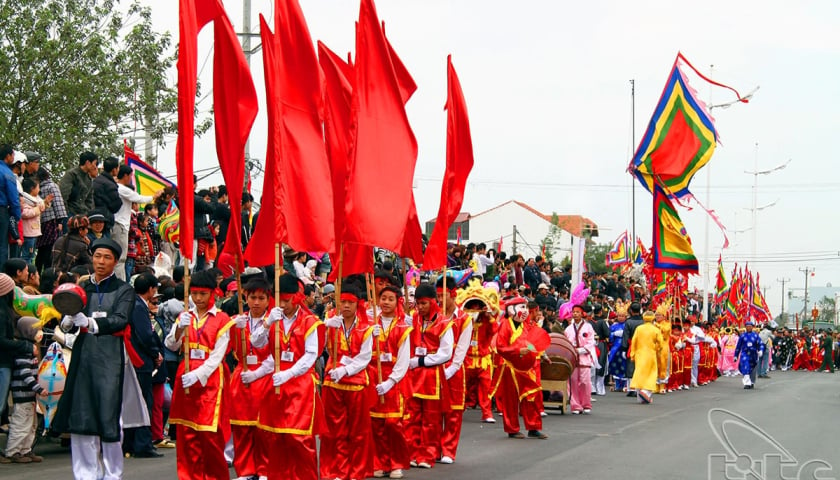

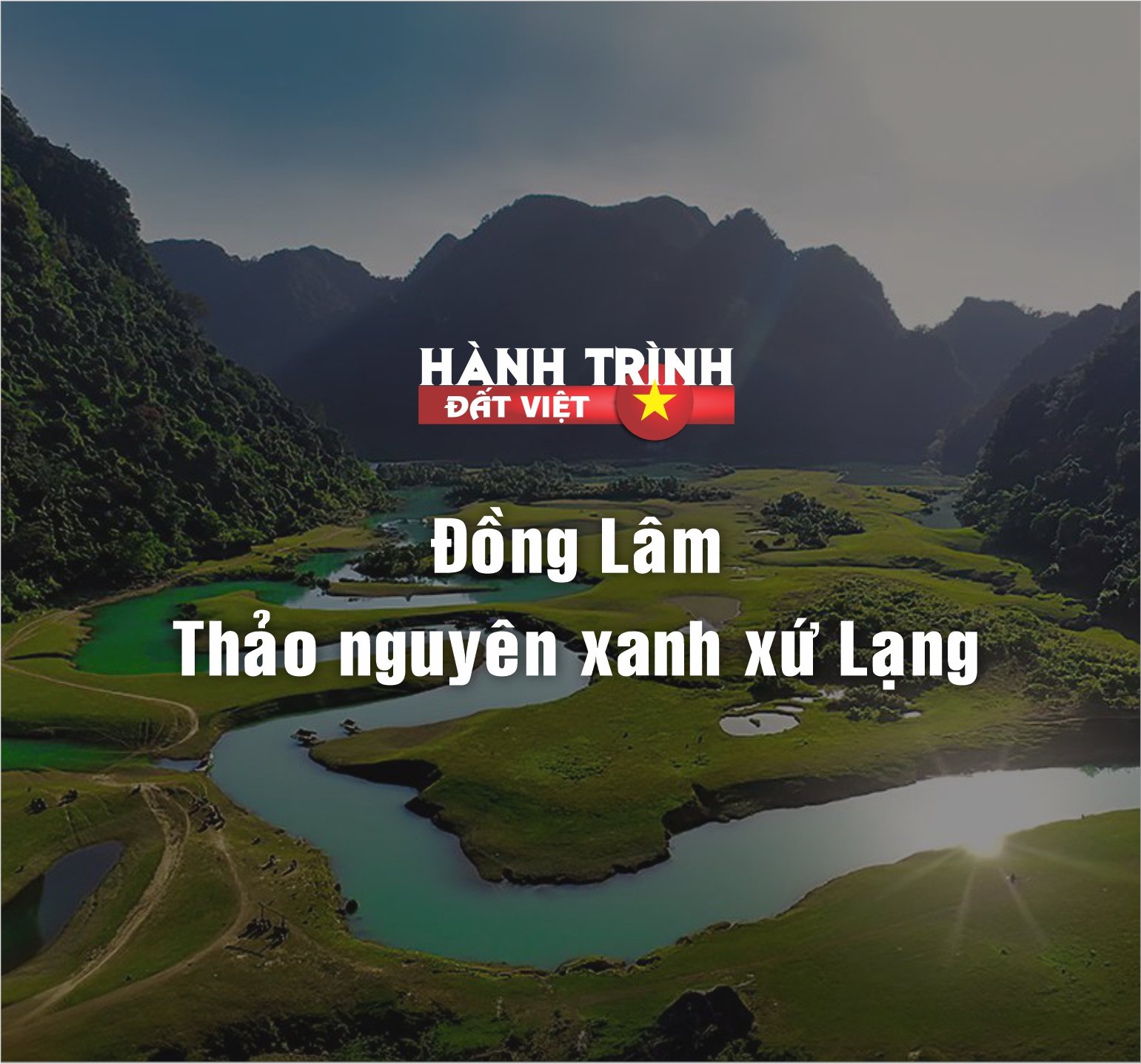

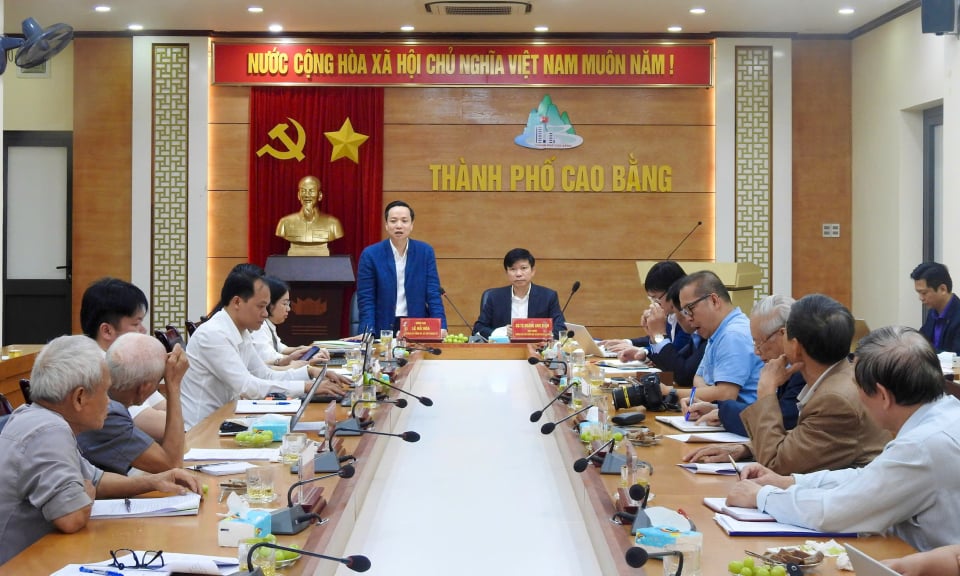

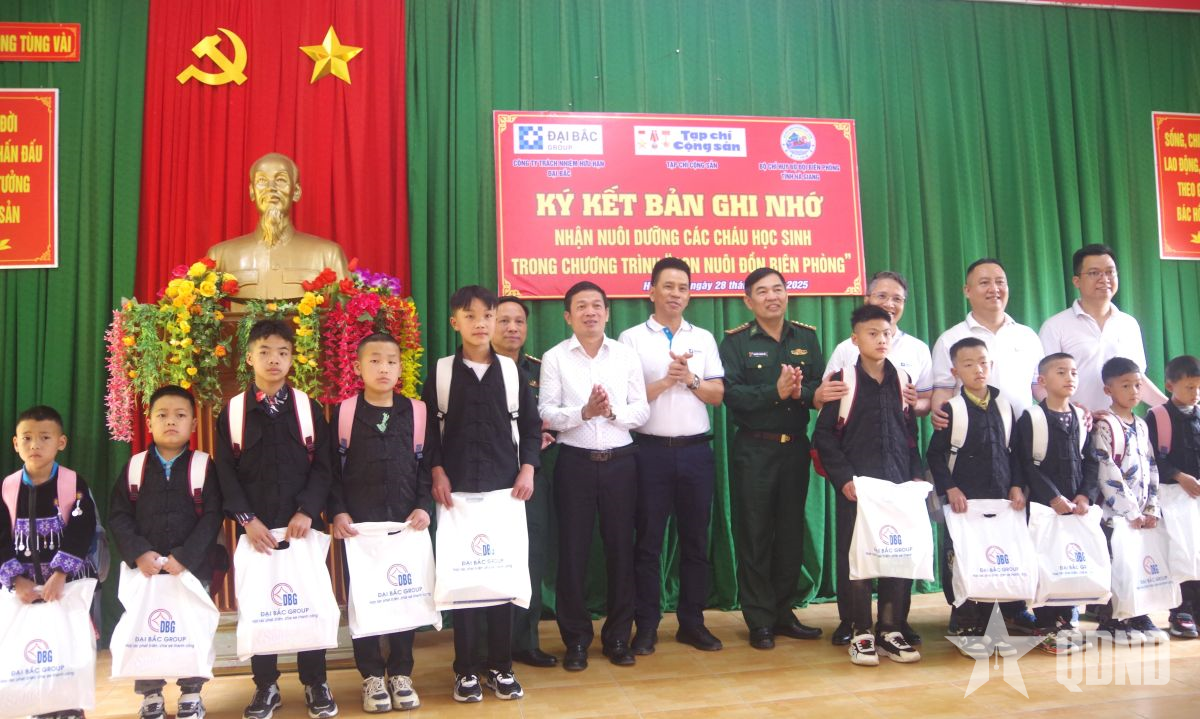






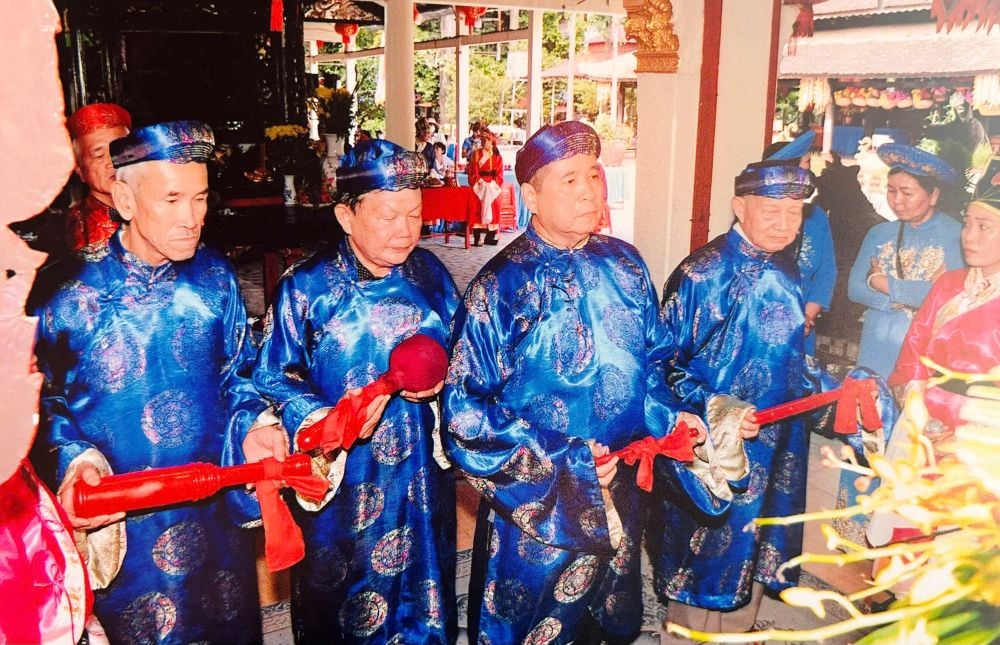



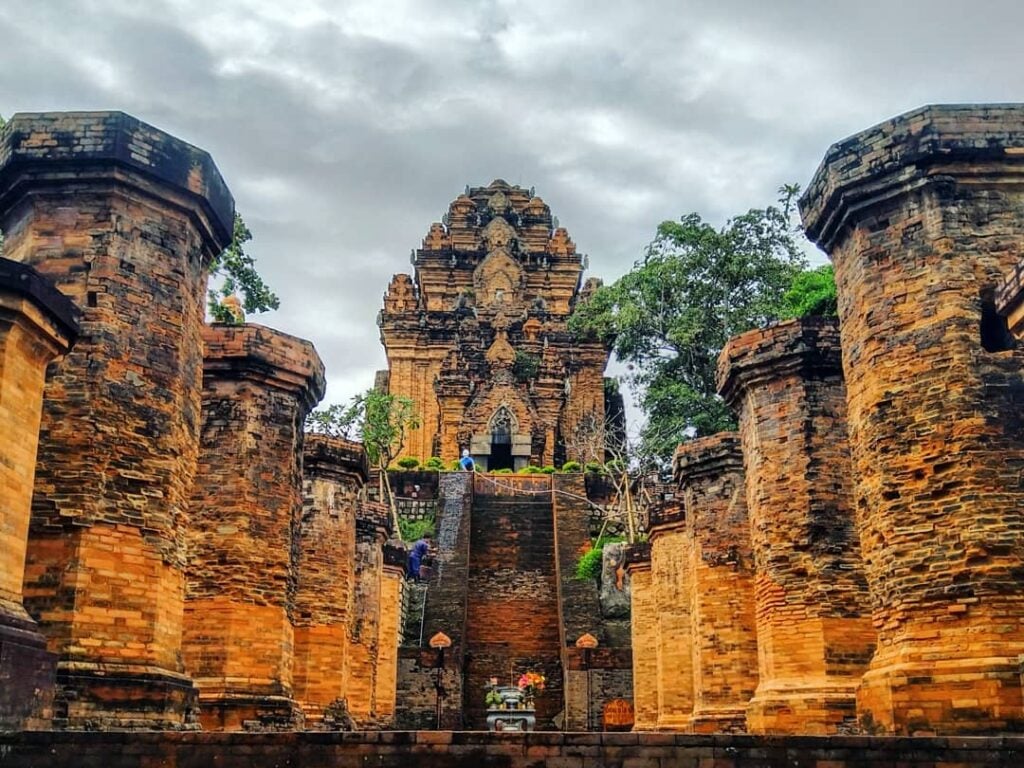









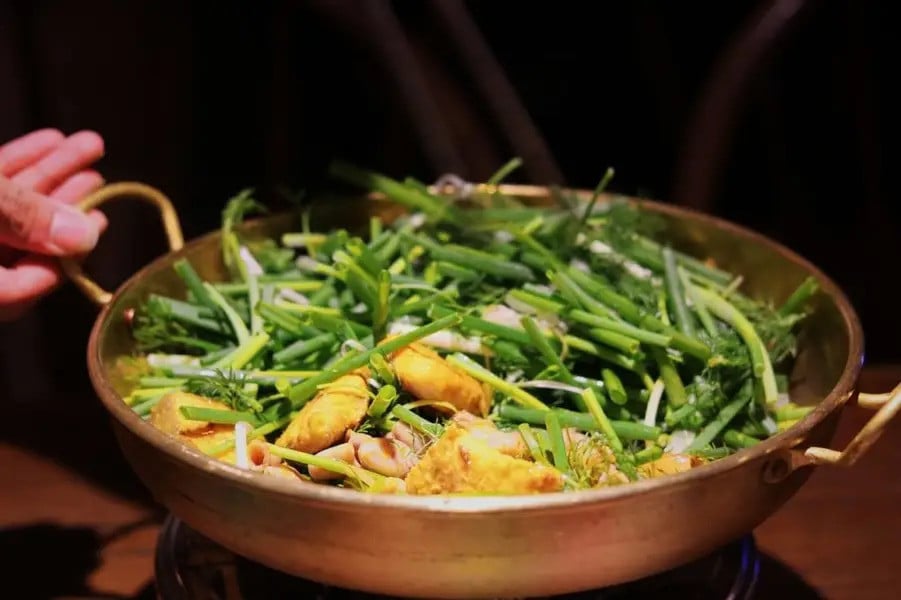
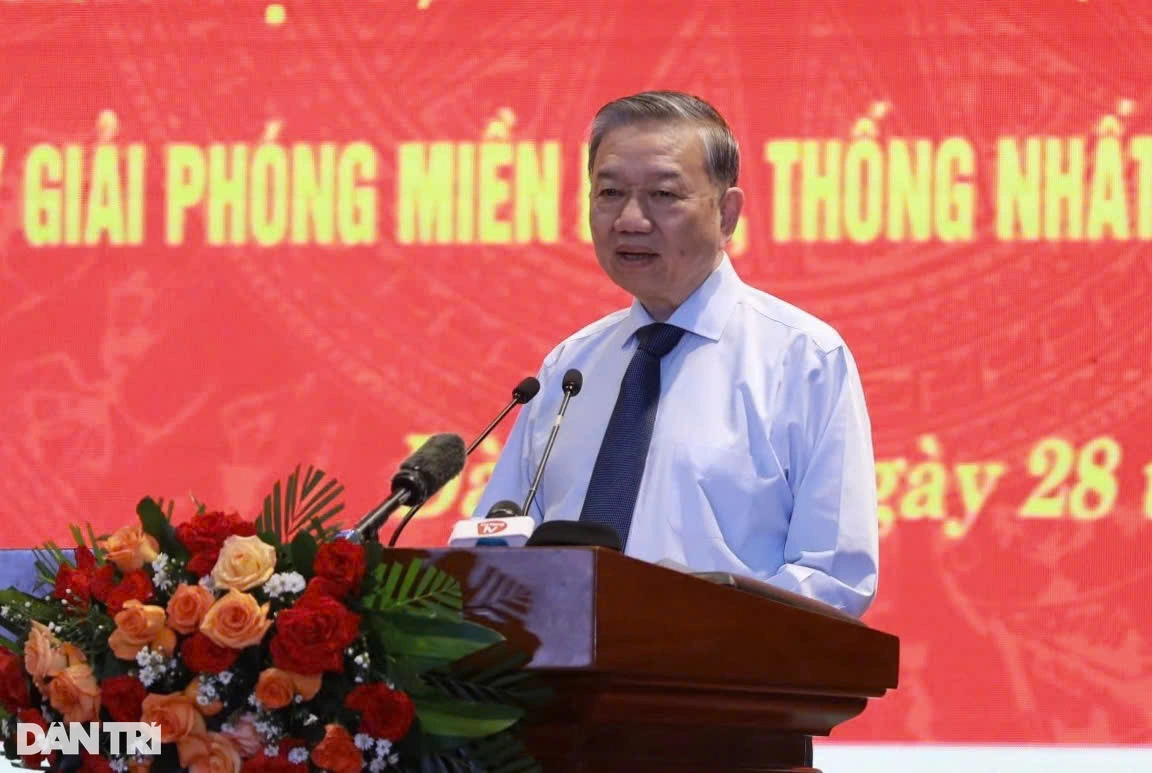
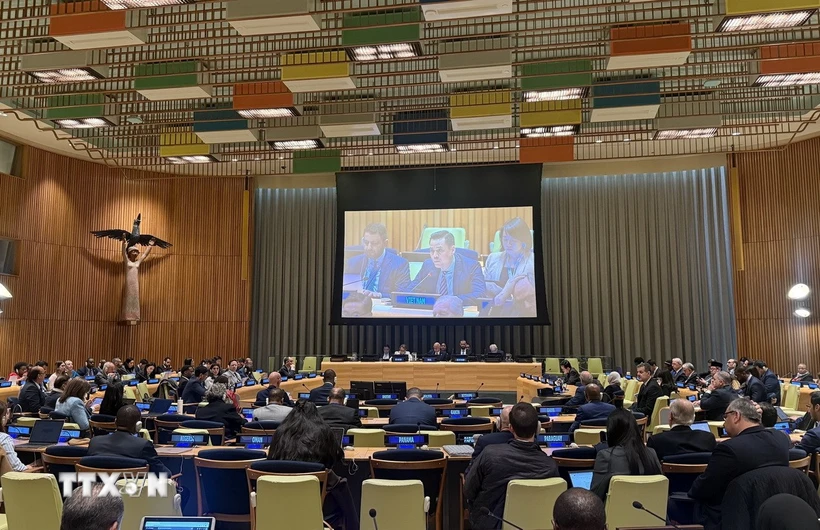

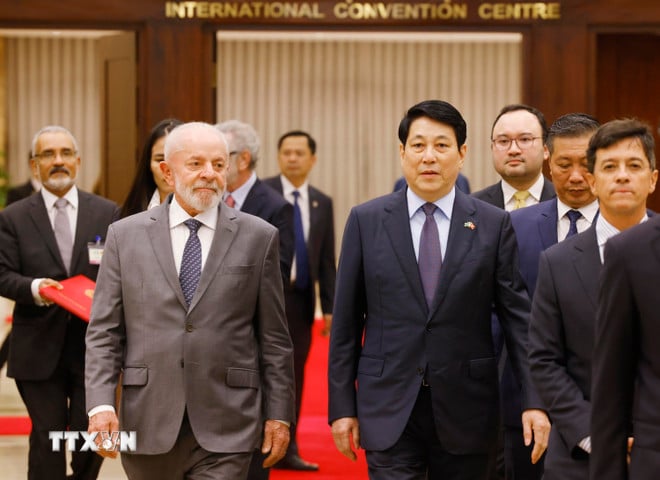
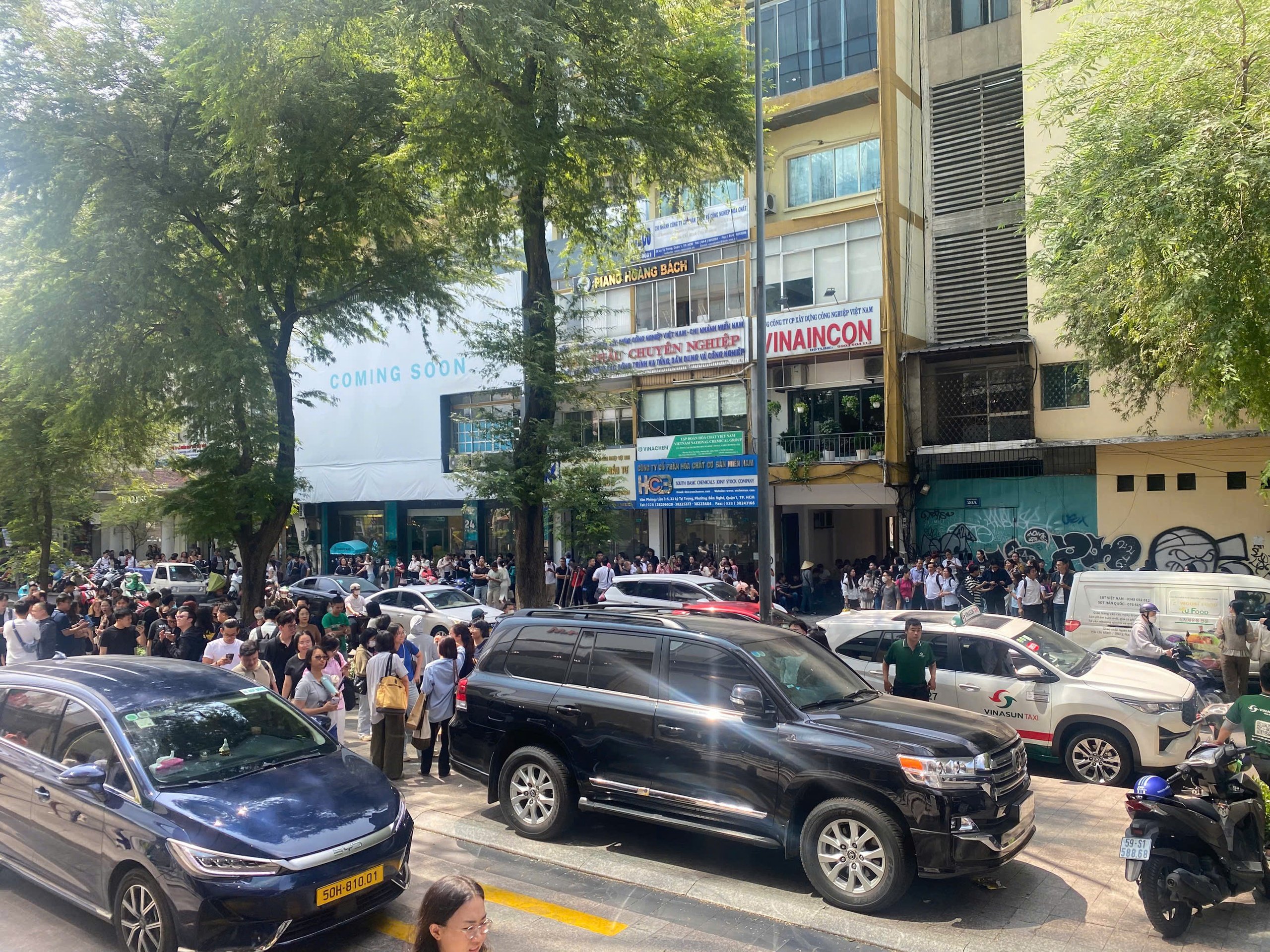
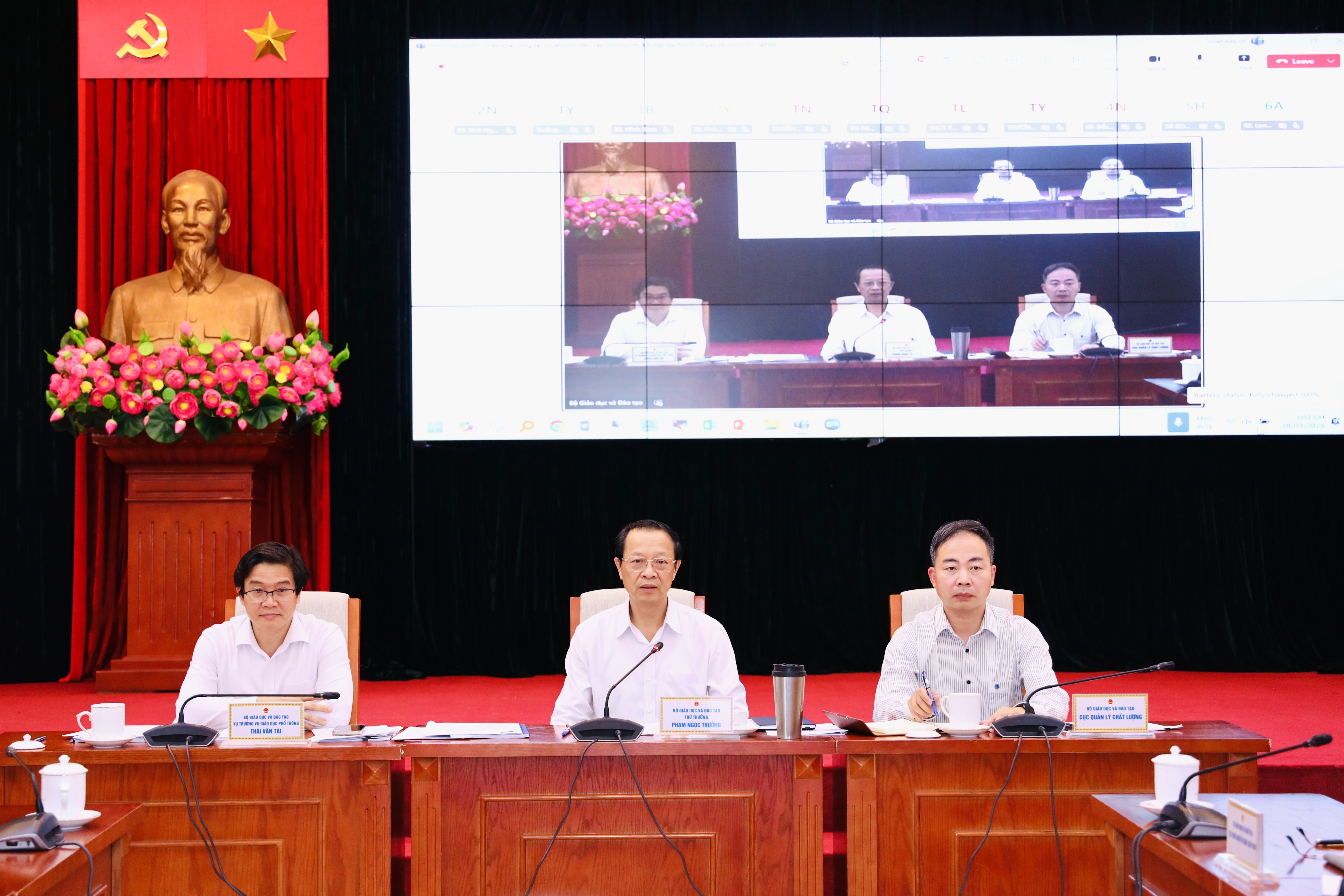

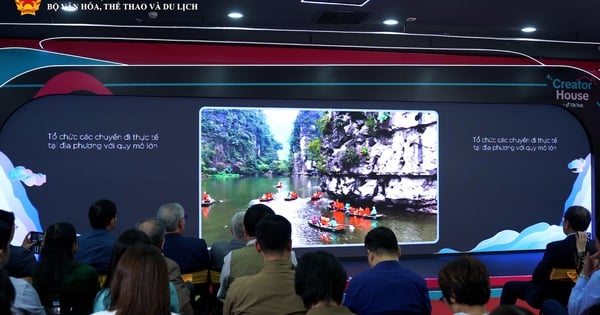

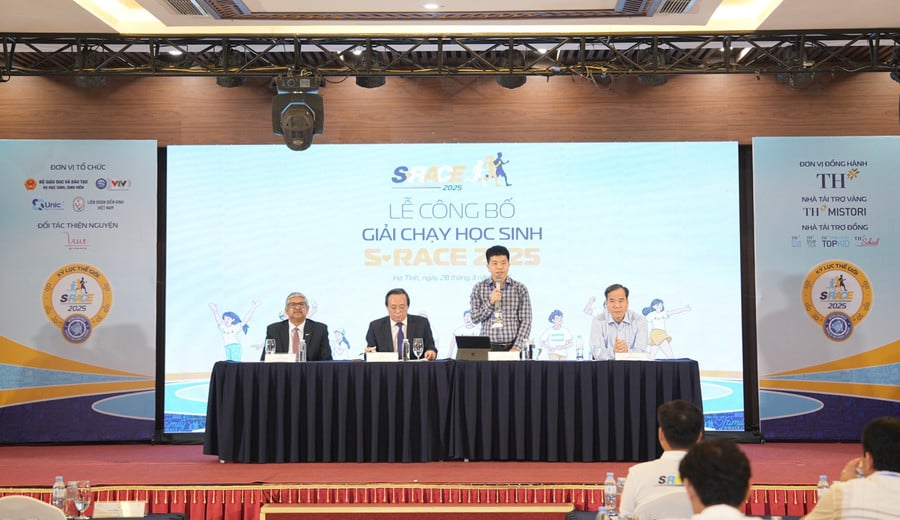
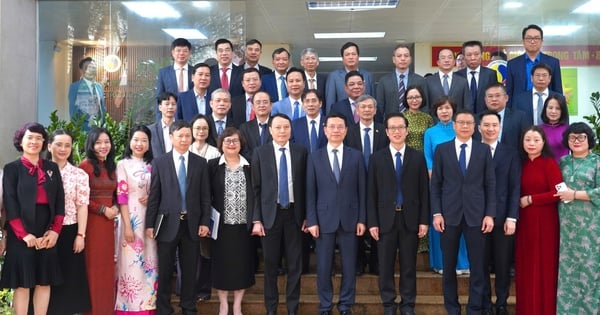

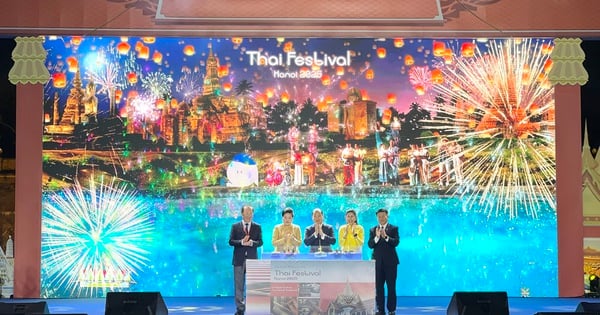
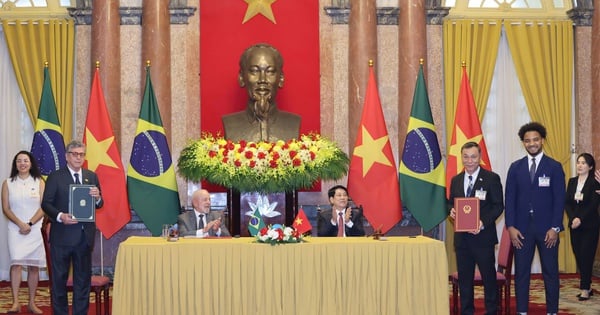
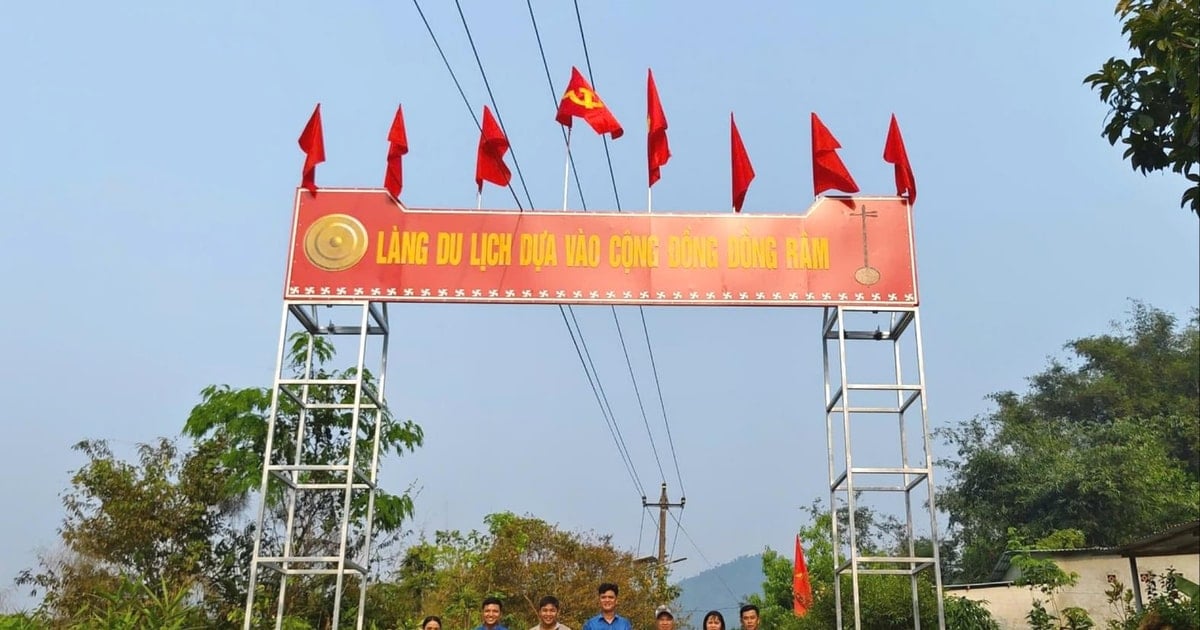





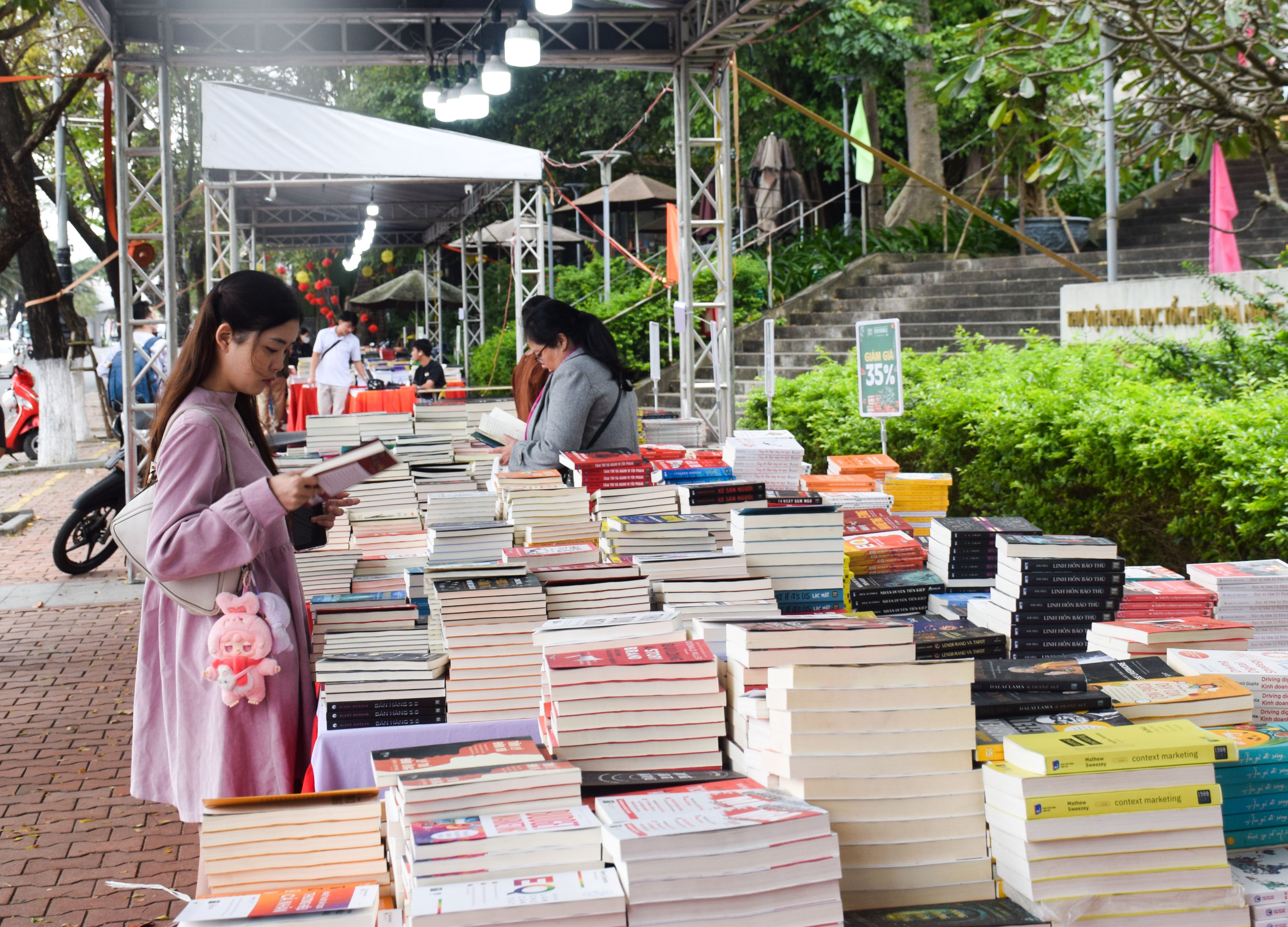

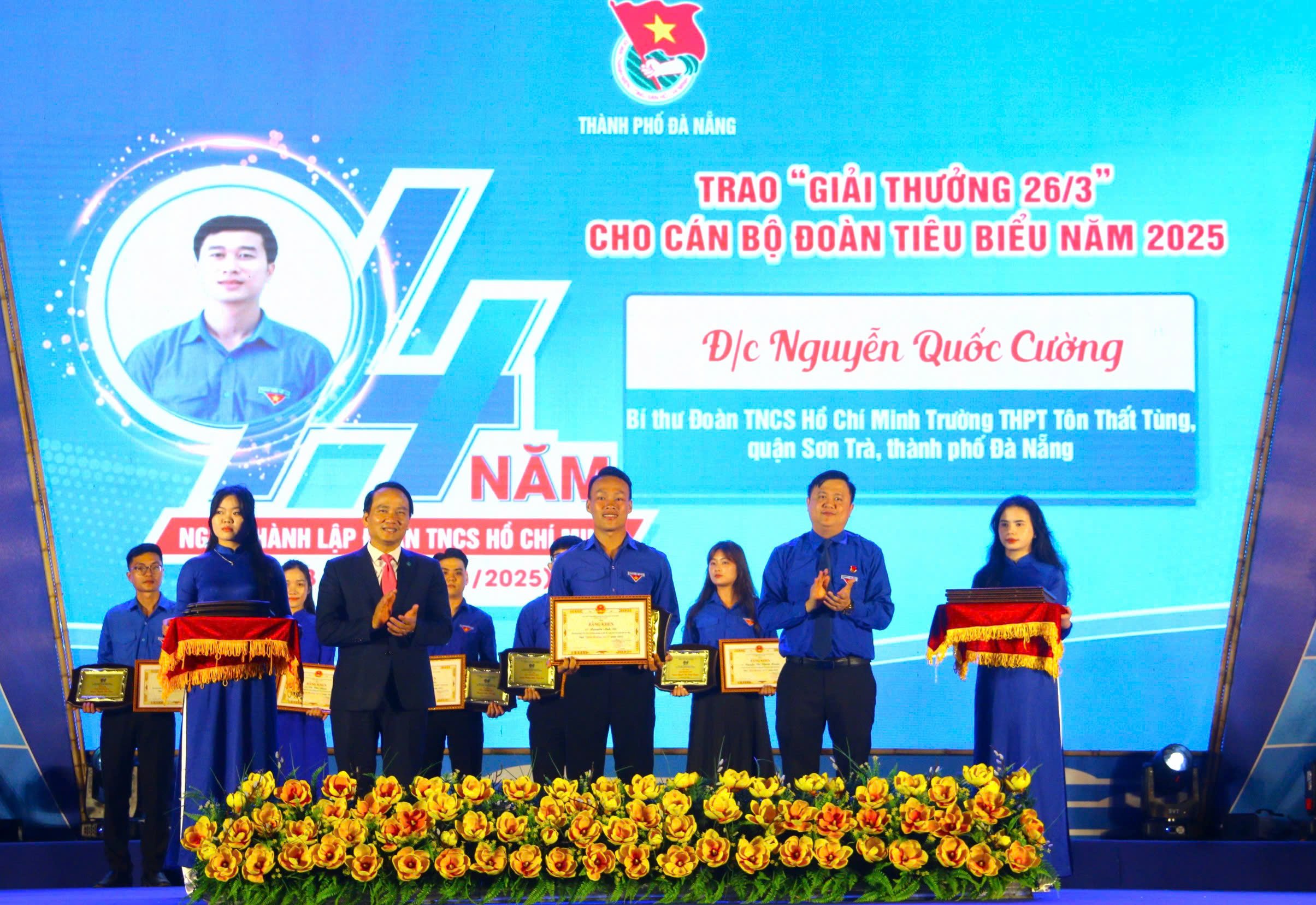
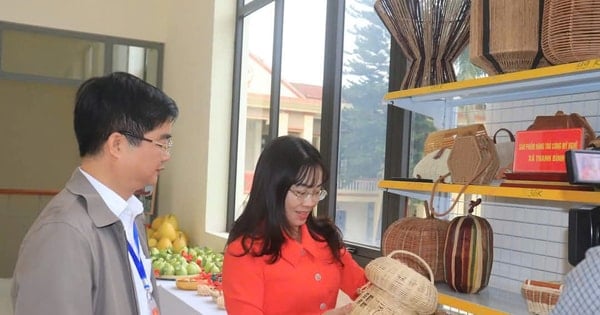

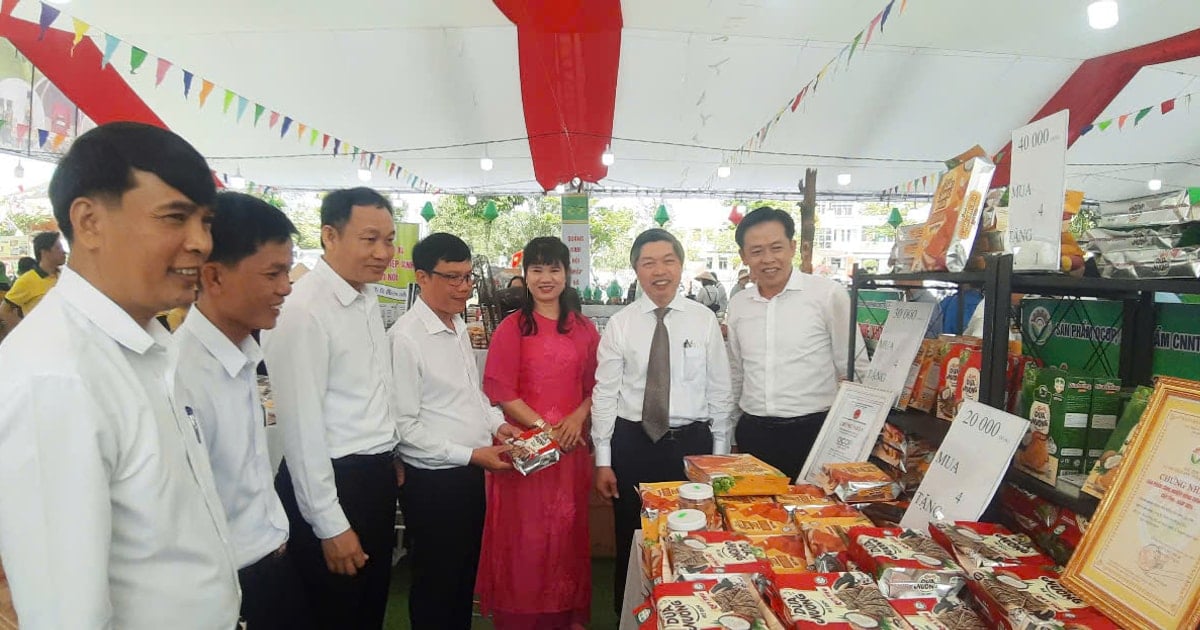
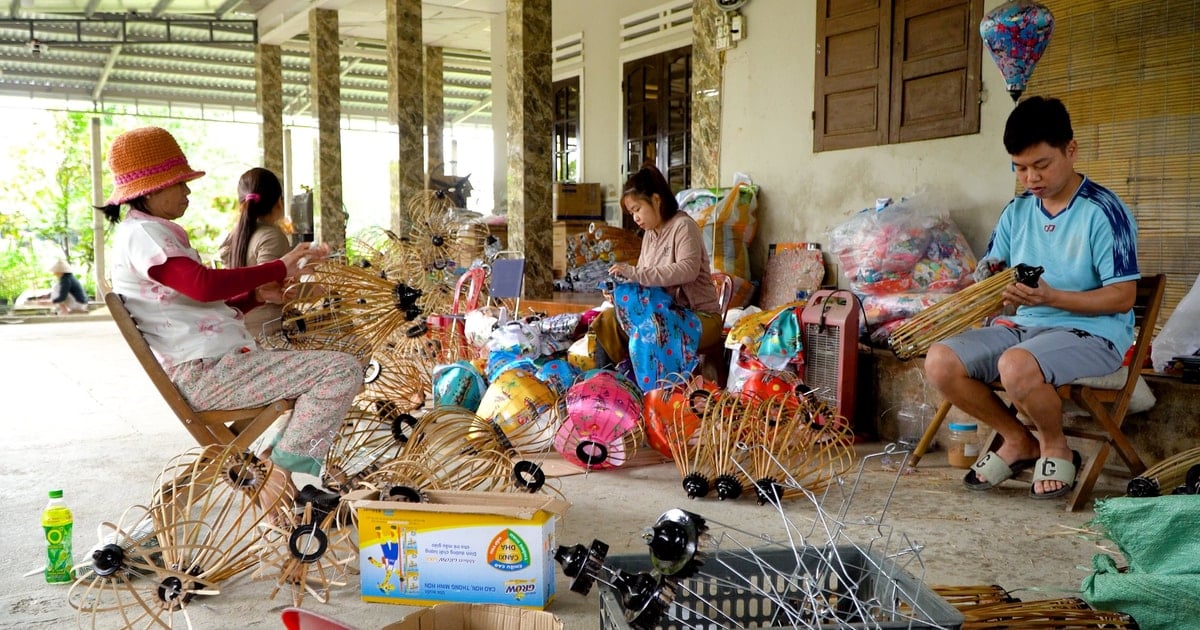

Comment (0)